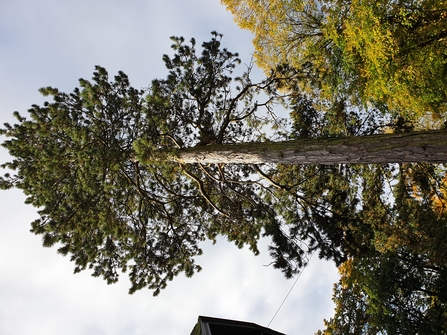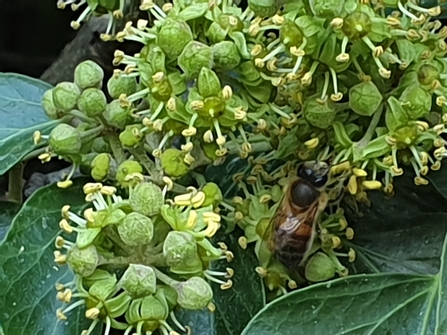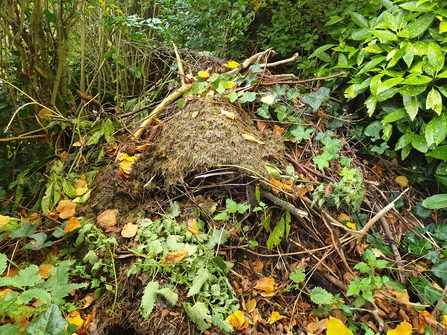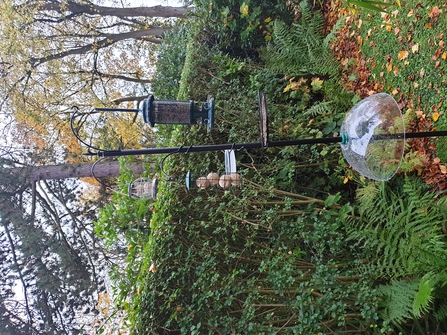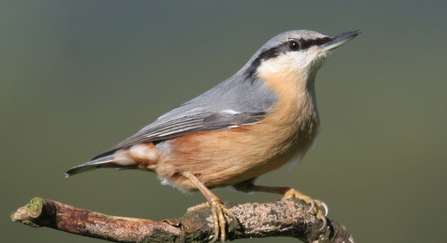It was with a heavy heart that I waved goodbye to my old garden just a few short weeks ago. Full of lovely peat-free plants that had been chosen to create that perfect mixture of beauty and to be a wildlife haven (and the biggest blackcurrant bush you had ever seen!), I’d spent the last ten years working on it.
But it was time to move to pastures new and see what led ahead for me in my new garden.


